Ariamna Contino & Alex Hernández-Dueñas: REVERSE
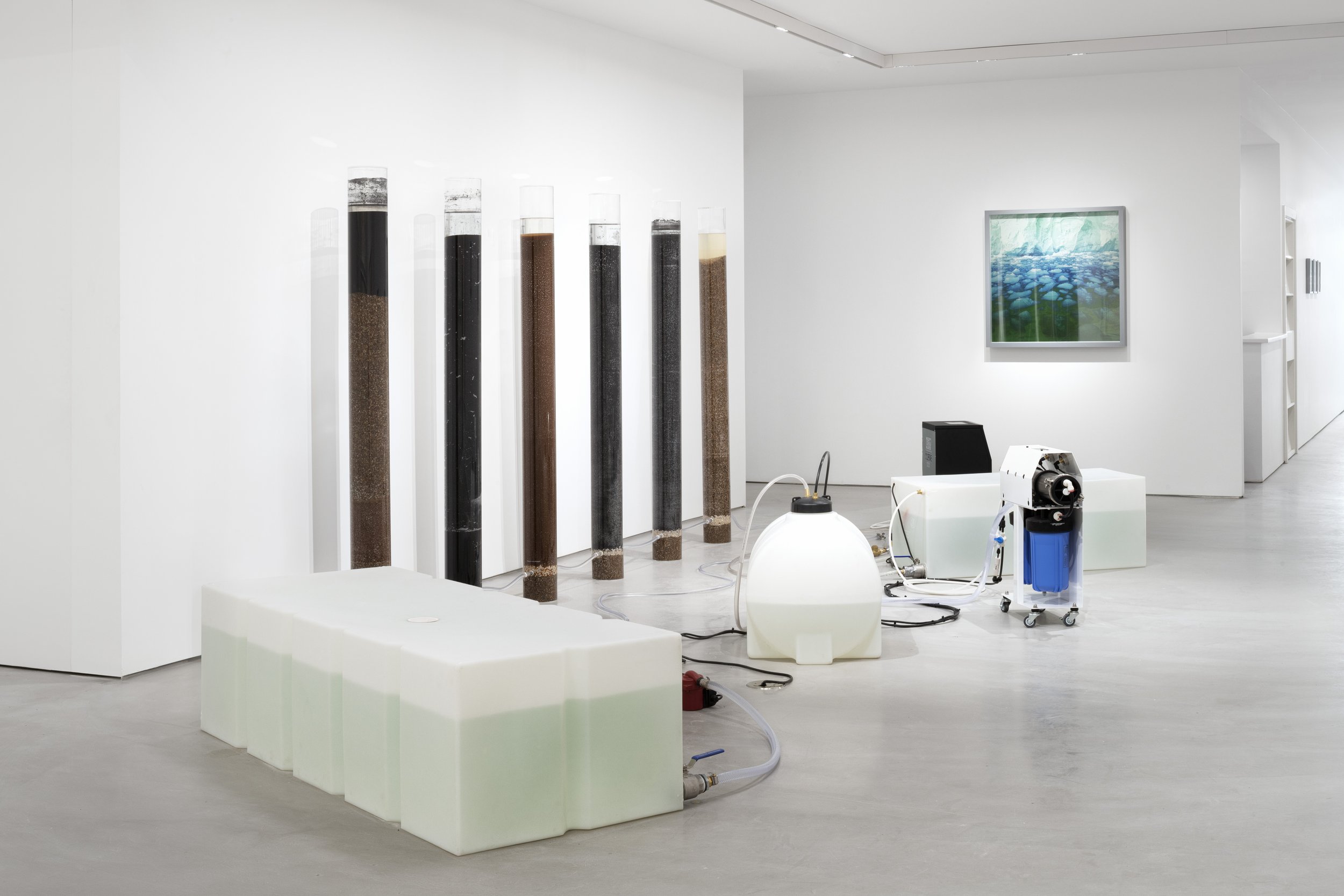
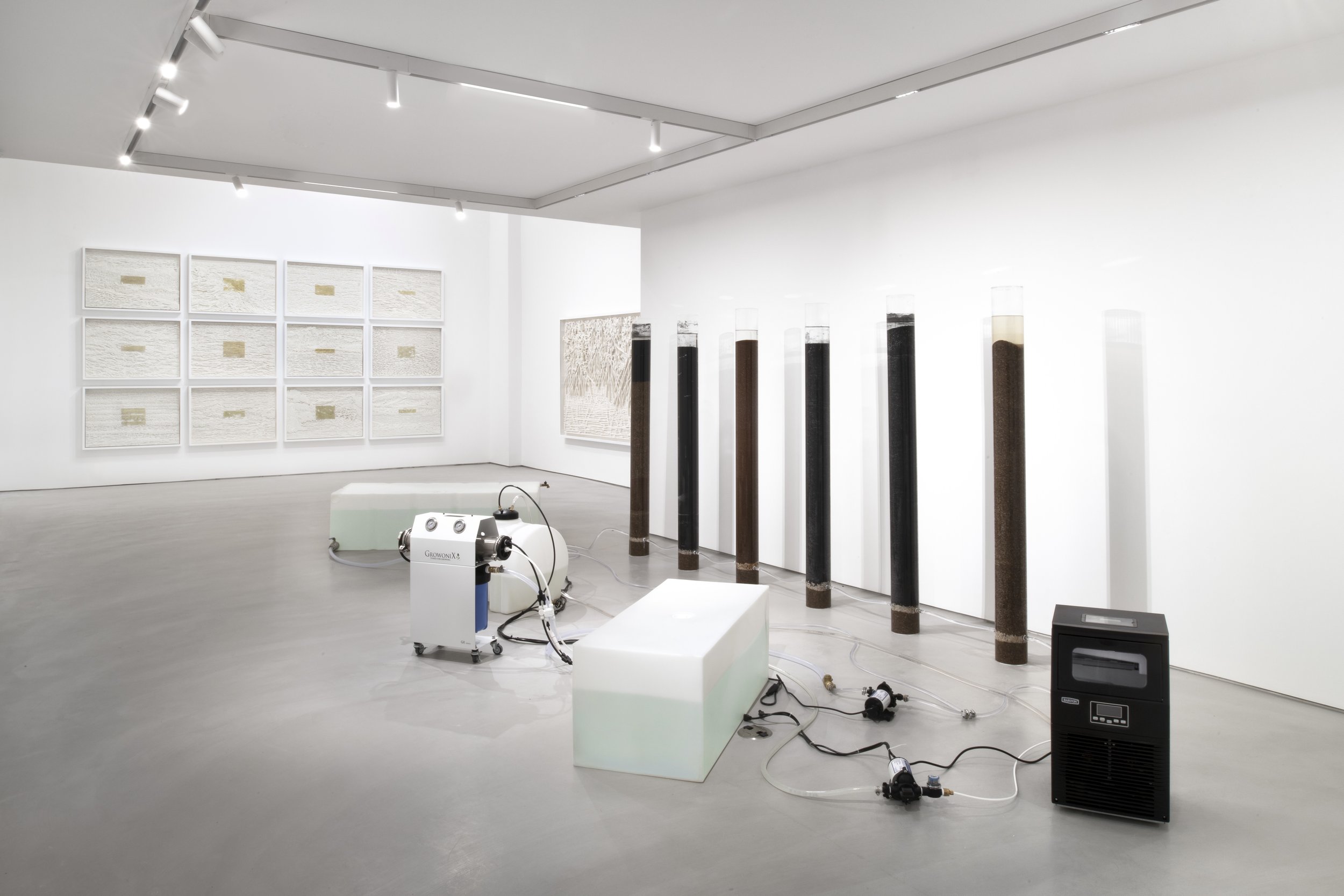
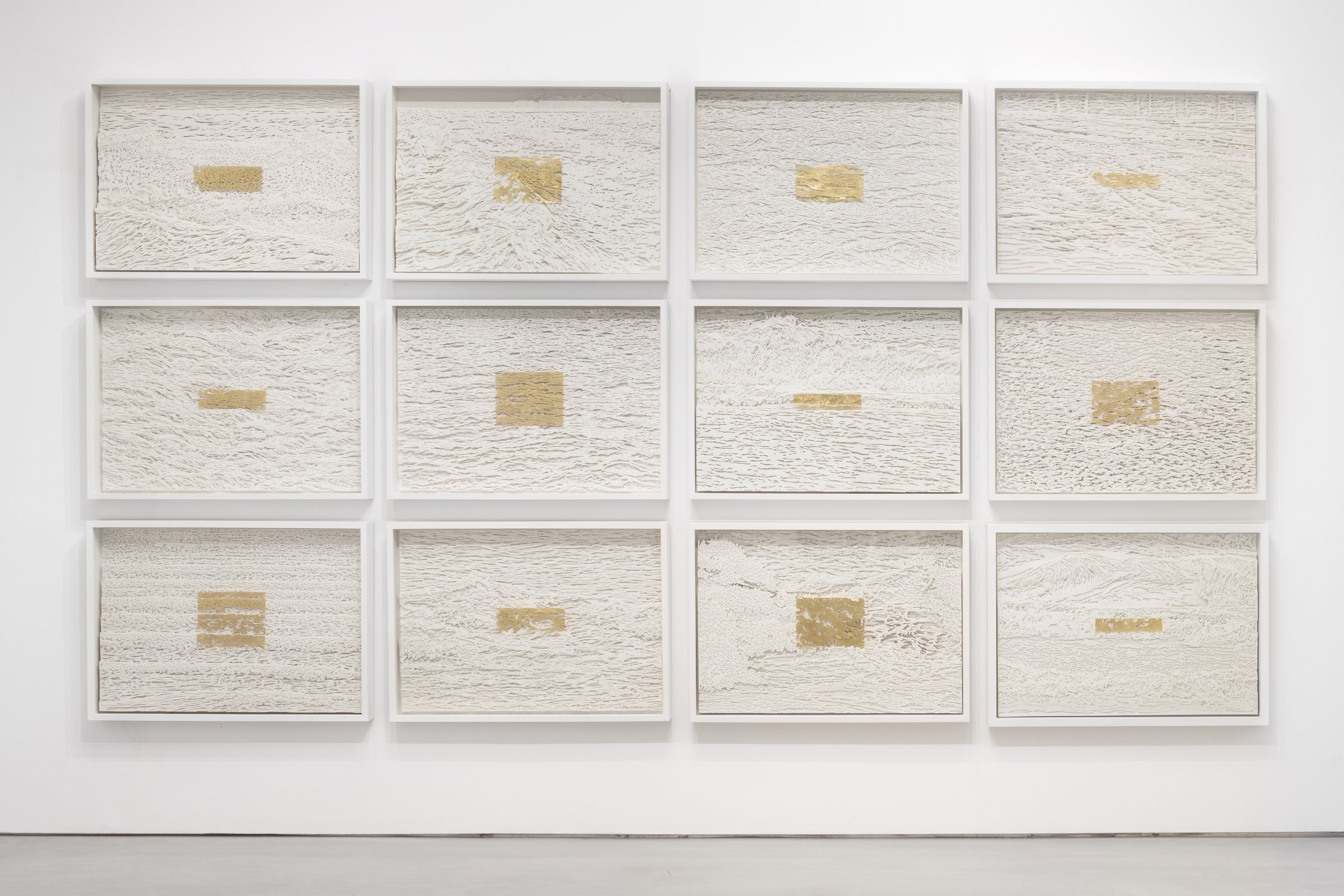


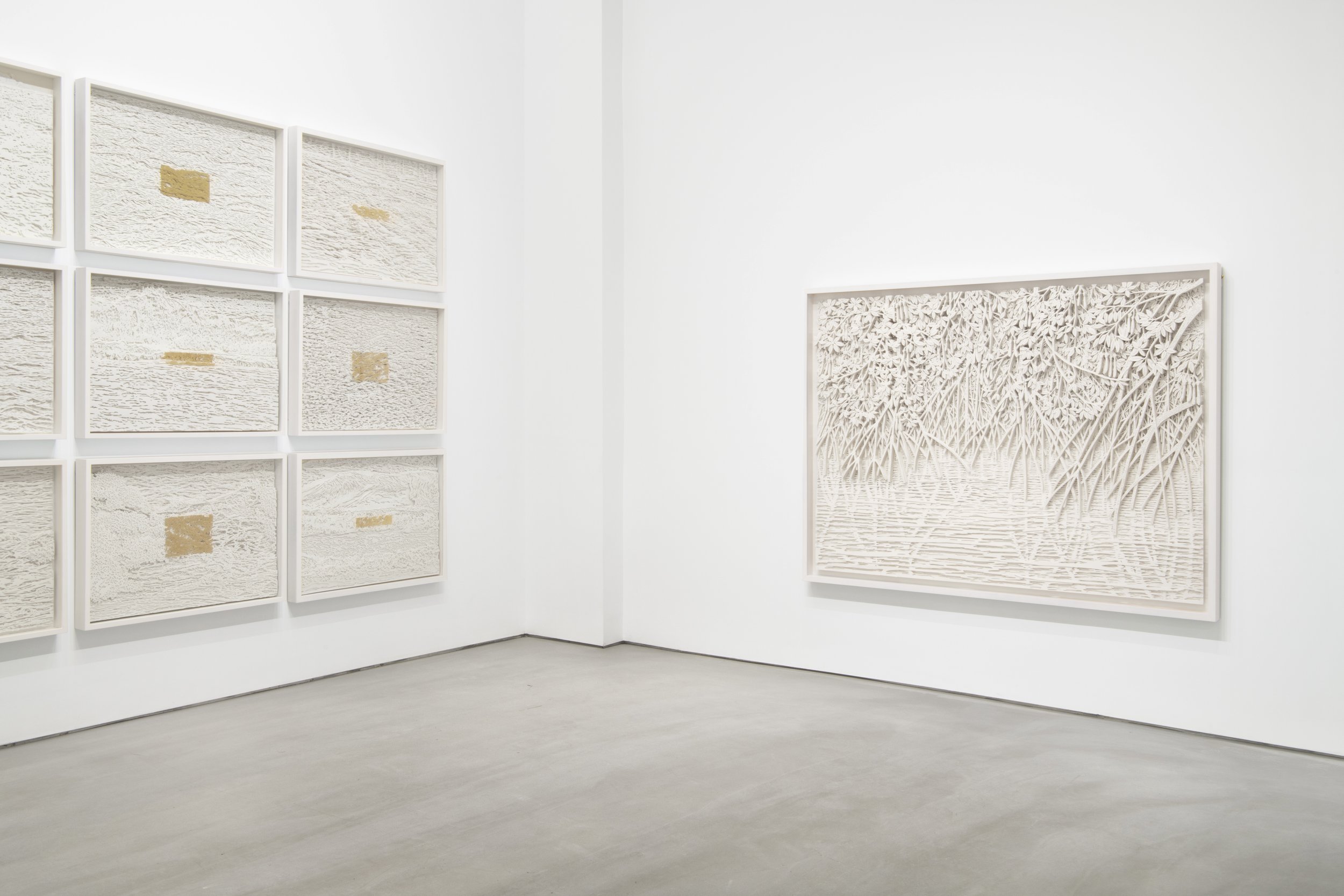
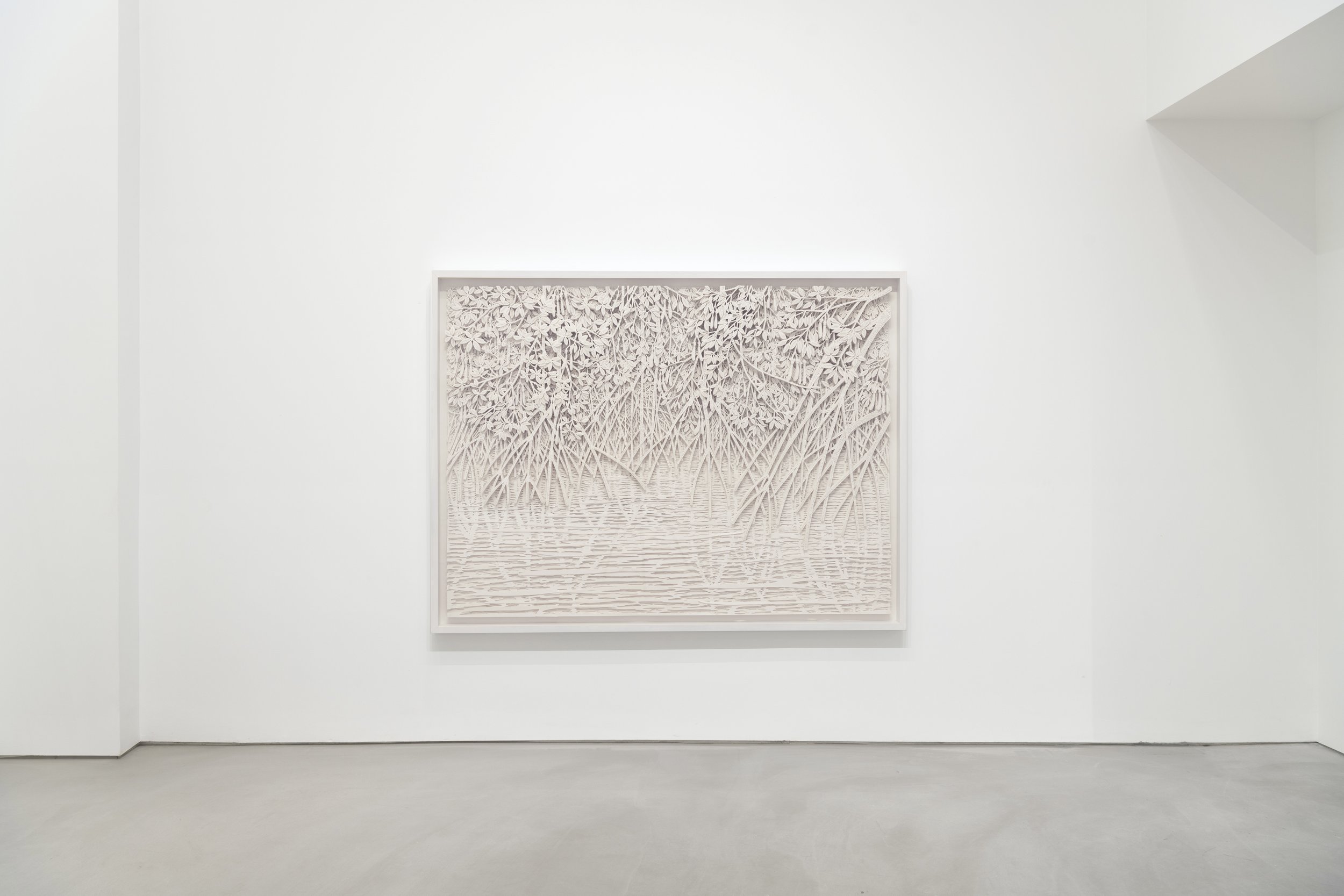
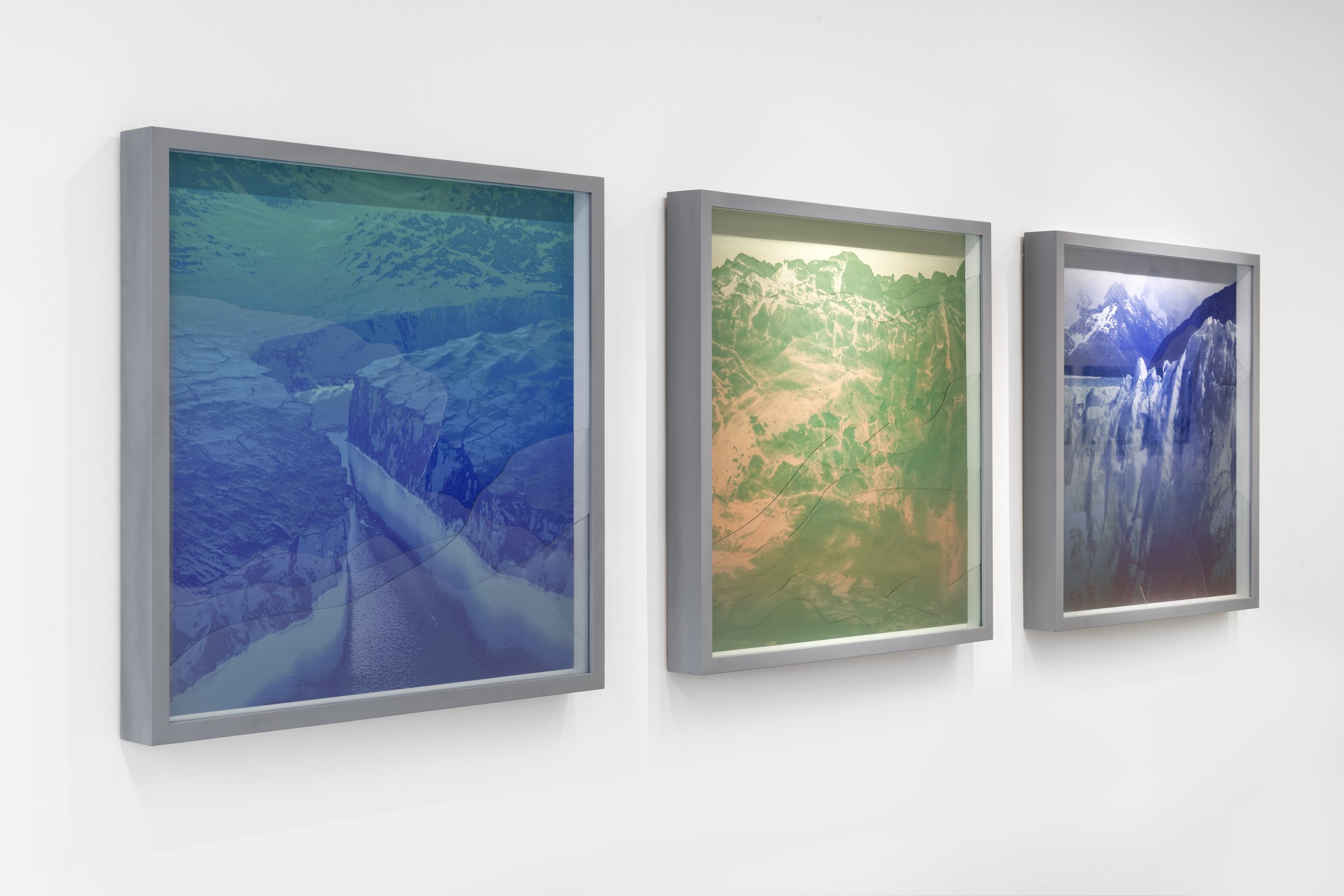

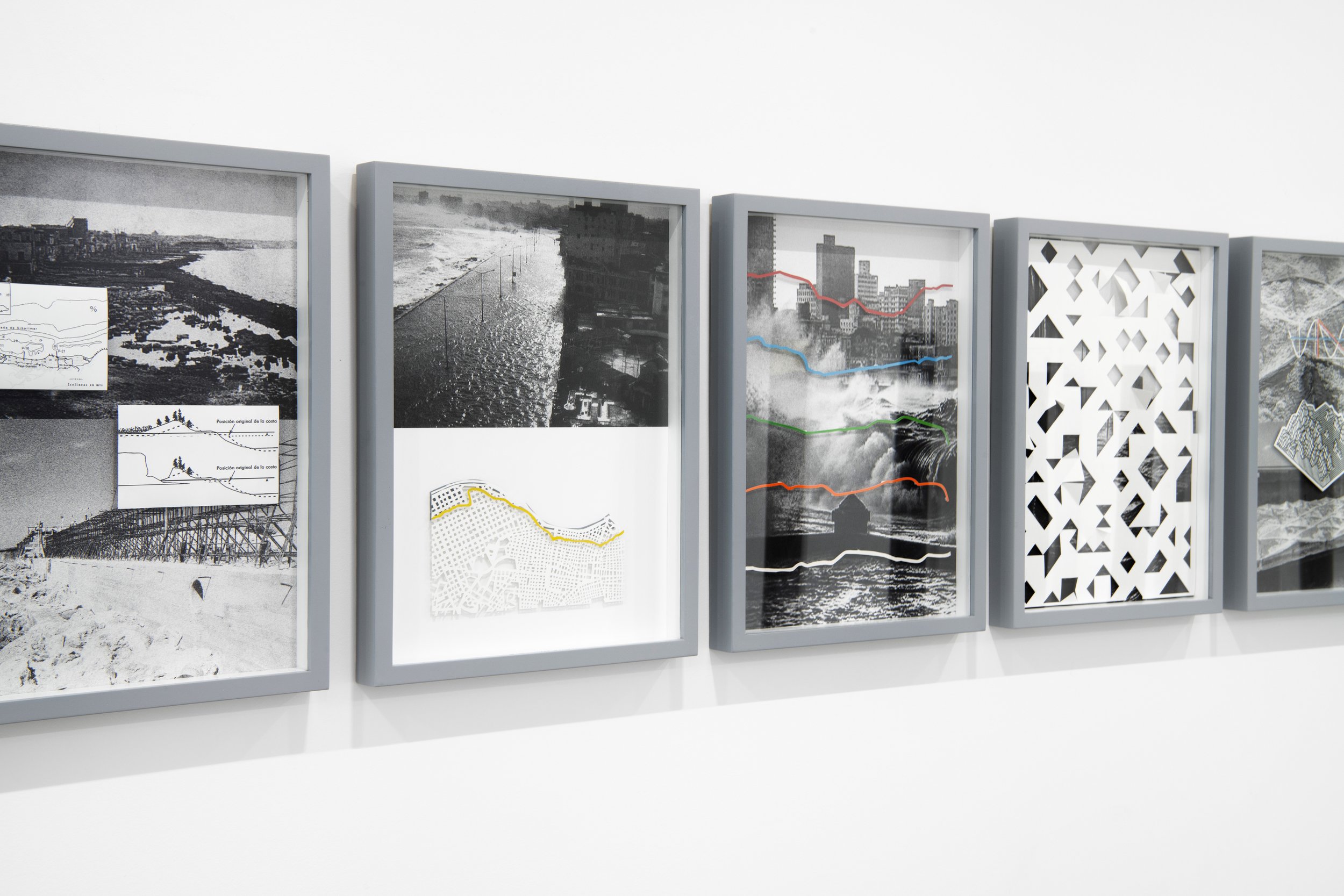
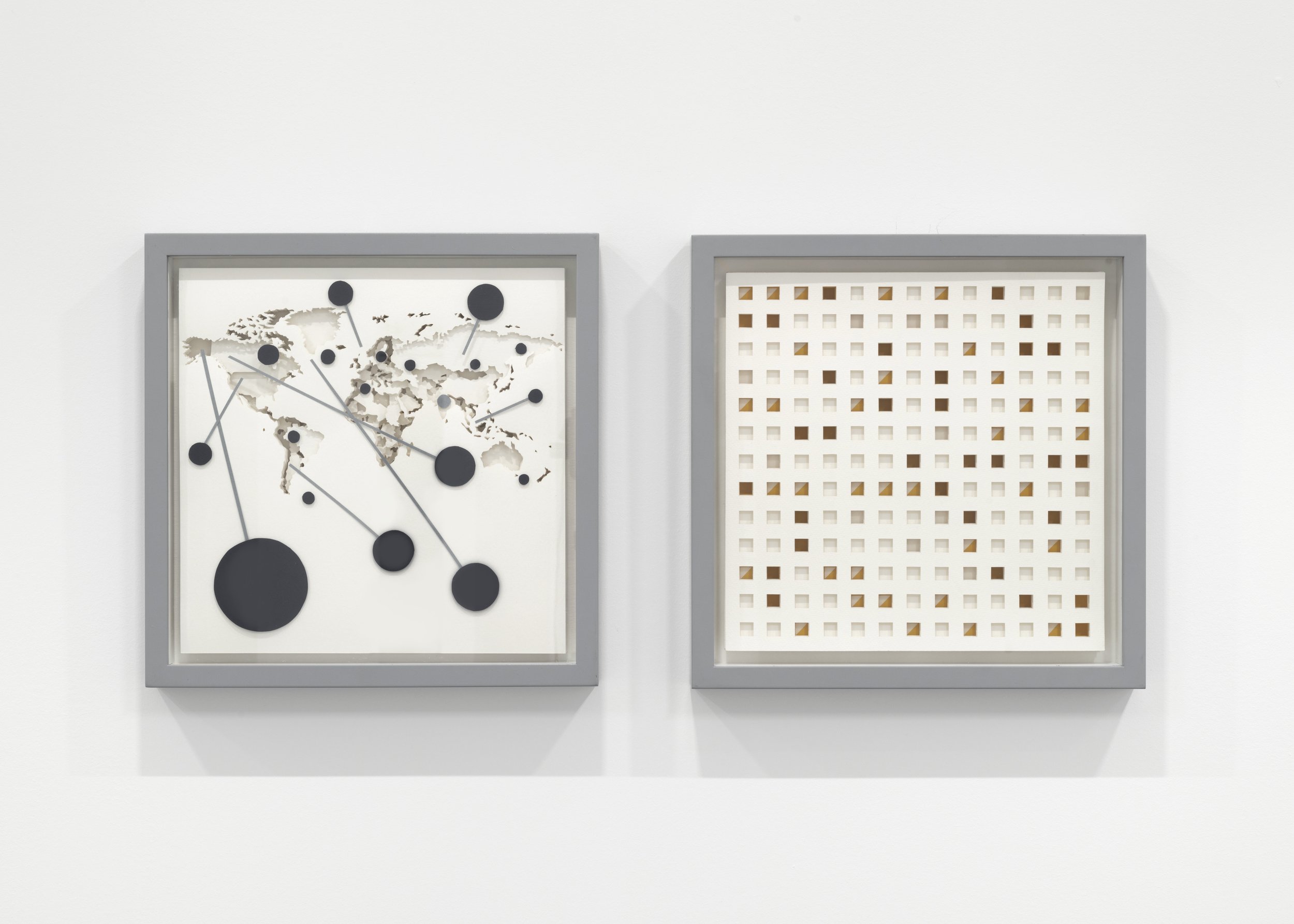
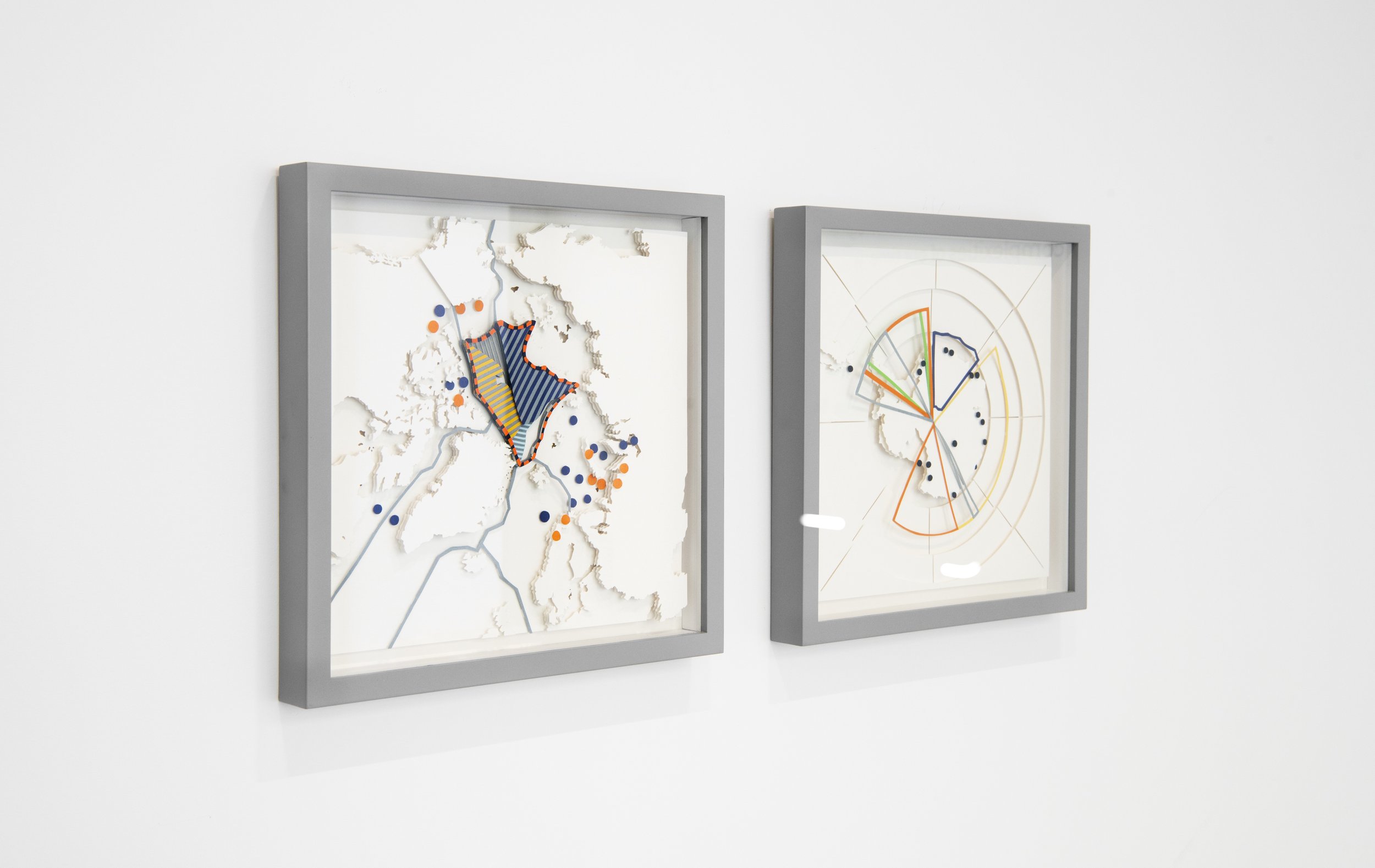
Nunu Fine Art is pleased to announce its New York City gallery’s inaugural exhibition, REVERSE, a dual exhibition of new multimedia work by celebrated Cuban social practice and multimedia artists Ariamna Contino and Alex Hernández-Dueñas. REVERSE is the artists’ first dual exhibition in New York City.
REVERSE includes three new bodies of work by Contino and Hernández-Dueñas, created in close dialogue, and each derived from statistical scientific data and formed into artistic compositions across varying media such as paper, graphite, and glass. In addition to these key series, the exhibition features collaborative drawings and a large-scale, site-specific installation.
In REVERSE, the artists reference the notions of “sculpture in the expanded field” conceptualized by art historian Rosalind Krauss, relating such ideas to their own concept of “total cartography,” whereby the landscape functions as a document. Paper works document patterns of diverse ecosystems, such as glaciers, marshes, mangroves, and deltas. Layers of cut paper in a single work depict the same location at different points in time to reveal the topographical impact of climate change. The works ultimately seek to connect two archetypal landscapes—Havana’s eroding coastline and that of the retreating glaciers, both bound by water, itself a central element of the exhibition.
The Specter series by Alex Hernández-Dueñas comprises glacial landscapes referencing scientific research recording the retreat of glaciers over the years. The contours in the compositions represent topographic ruptures of ice, while the overlaid glass silhouettes, based on statistical data, materialize metaphysical notions of temporality and loss that the landscapes evoke. The varied hues depicted in part of the Specter series reference chromatic data indicating the changing temperatures of the glacial environments. For example, in Specter #3, the warmer-hued layers of glass at the foreground layered over cool-toned depictions of icy fragments suggest warming seawater encroaching on the glaciers. The compositions are fragmented through the layers of broken glass that deconstruct the images of glaciers, which allude to the physical cracking, which is largely invisible to the eye, and the incremental disintegration of the ice due to rising global temperatures. The fractured glass symbolizes the fragility of glacial ecosystems and the consequences of climate change. The series title Specter alludes to a future in which glaciers have physically vanished, with scientific data preserving the memory of their existence.
The Transition series consists of seascapes Contino created out of intricately cut paper depicting the fluctuating sea levels of Havana’s coastline across a one-year period, based on monthly climatic data. The undulating white surfaces of each seascape represents one month of statistical data measuring the medium temperature, precipitation, and hours of sunlight of a specific area of the coastline and based on this information, predictions of the rise in sea levels. Gold leaf rectangles are at the center of each seascape, representative of shapes in the bar graphs conveying the data informing the works. The sizes of the gold bars vary in each work, reflecting percentages gleaned from scientific data that indicate the severity of the impact climate change has had on each specific location. The gold leaf also represents the hours of sunlight documented in the data, reminiscent of the sun's reflection on the ocean’s horizon. The gold leaf bars also symbolize the value of water, and nature at large, for all living things.
Mangrove, the largest cut paper work by Contino in this exhibition, depicts the coastal mangrove tree that grows in brackish water in Havana and throughout the world. Mangrove trees serve as natural walls protecting the areas further inland from severe weather and the soil from salination. Coastal development has led to the large-scale destruction of mangrove forests. The layers in Mangrove are not based on data; rather, the complex composition of cut paper symbolically conveys the environmental damage caused by the disappearance of the mangroves. New forests of mangrove trees are being planted in Cuba in an effort to reverse this damage.
Osmosis Inverted is a functioning water filtration installation conceived and designed by Contino and Hernández-Dueñas to first desalinate seawater, convert it into fresh drinking water, and transform it into ice. This process symbolically inverts the impact of climate change, returning what has melted into the ocean to its original glacial state, underlining how political, economic, and industrial processes permanently shape the physical landscape and ways of life.
Contino and Hernández-Dueñas began exploring the concepts presented in REVERSE while creating their sculpture Laboratorio, which was shown at the 13th Havana Biennial in 2018. The exhibition includes collaborative drawings and documentation relating to Laboratorio, which was based on a graph of climatological statistical indicators of a particular segment of the intensively eroding Havana coastline. The shape of this sculpture was inspired by Malecón, a massive seawall in Havana built to protect the city from ocean flooding. The artists installed Laboratorio next to the wall as a receptacle for information regarding the relationship between the city and the sea and the changing conditions of the ocean. During a hurricane, waves broke over the seawall and covered the sculpture, which left behind salt residue that serves as a testament to the power of nature and the impacts of climate change.
The works by Hernández-Dueñas and Contino in this exhibition present the two different ecosystems of glaciers and coastal regions of Havana to explore environmental challenges through the lens of natural water cycles. The artists’ focus on specific localities in their artistic/scientific examinations raises issues impacting the globe. Together, the works presented in REVERSE uncover the complex effects of geopolitics on fundamental biological cycles, urging the need for environmental ethics.
Artist
Press
Art and the State of Water
By Charlotte Kent, July/August, 2023 full text
Here Are 10 Exhibitions to See During Frieze New York, From Major New Kusama Works to Little-Known O’Keeffes
By Vittoria Benzine, May 15, 2023 full text
Dual exhibition: Ariamna Contino & Alex Hernández-Dueñas: Reverse at Nunu Fine Art
By STEPHEN WOZNIAK April, 2023 full text




